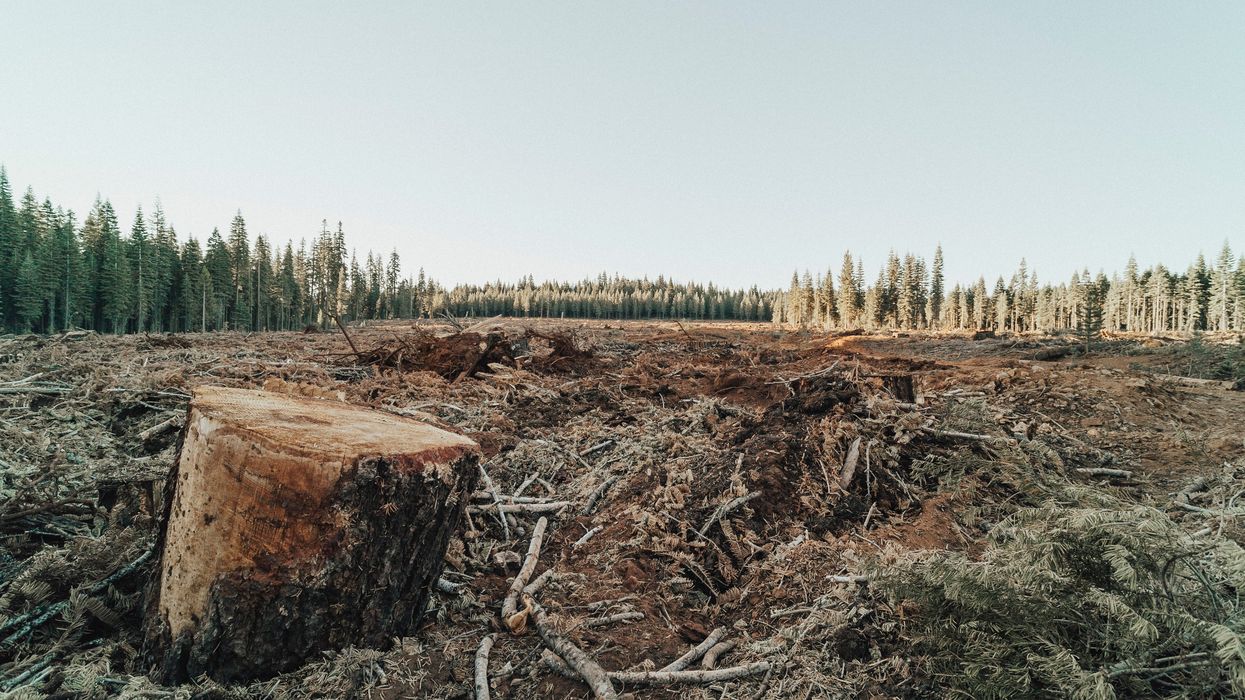
Natural habitats across the planet that humans have converted to farms, cities or suburbs are much more likely to harbor wildlife that carry parasites or pathogens such as the novel coronavirus than undisturbed areas, according to a new study.
“The global expansion of agricultural and urban land that is forecast for the coming decades—much of which is expected to occur in low-and middle-income countries with existing vulnerabilities to natural hazards—has the potential to create growing hazardous interfaces for zoonotic pathogen exposure,” the authors wrote in the study published today in Nature.
The findings come as countries remain ravaged by the novel coronavirus and the resulting COVID-19 disease that has killed an estimated 694,000 people worldwide, including 155,935 in the United States alone. Experts suspect the coronavirus that induced the current global pandemic likely originated in bats.
“Zoonotic diseases” — those caused by germs passing between animals and people — account for roughly 75 percent of new or emerging diseases in people, according to the U.S. Centers for Disease Control and Prevention.
The new study warns that the way people have been changing—in many ways dominating—landscapes will only leave us more vulnerable to similar outbreaks of disease-causing pathogens.
“The way humans change landscapes across the world, from natural forest to farmland for example, has consistent impacts on many wild animal species, causing some to decline while some others persist or increase,” said Rory Gibb, lead author and PhD candidate at the UCL Centre for Biodiversity & Environment Research, in a statement.
“The animals that remain in more human-dominated environments are those that are more likely to carry infectious diseases that can make people sick,” Gibb added.
Gibb and colleagues looked at evidence from 6,801 ecological communities on six continents, which incorporated data on nearly 7,000 species—376 of which are known to carry pathogens that can infect humans.
They found the proportion of animals that host pathogens harmful to humans is anywhere from 18 percent to 72 percent higher in agricultural or urban areas. And the total abundance of such animals is anywhere from 21 percent to 144 percent higher in human-disturbed areas compared to non-disturbed habitats.
There could be many different reasons for the findings, however, the authors say the pathogen-carrying animals more than likely have traits associated with a “fast pace of life” that are correlated with resilience to human pressure and pathogens—for example, animals that historically have had high reproductive rates but reduced immune systems.
The study found pathogen-carrying rodents, bats and certain birds were more likely to thrive in human-disturbed areas, but longer-lived, and larger animals such as monkeys and gorillas were more likely to be negatively impacted.
Over the last few centuries, as human populations have exploded, land use has been significantly altered. Most land-based species—around 80 percent—live primarily in forests, and the planet is losing millions of acres of forests per year, mostly due to agriculture. Roughly half of Earth’s habitable land—which excludes glaciers, deserts, dry salt flats, exposed rocks—is now used for agriculture.
In addition, more and more people are moving to cities and suburbs: roughly 55 percent of the world’s population lives in urban areas, according to the United Nations, which projects this number could jump to 68 percent of the world’s population by 2050. Countries such as China, India and Nigeria are urbanizing at the fastest rates.
(The definition of “urban area can vary. Researchers from the European Commission, for example, estimate 85 percent of the world lives in urban areas).
“As agricultural and urban lands are predicted to continue expanding in the coming decades, we should be strengthening disease surveillance and healthcare provision in those areas that are undergoing a lot of land disturbance, as they are increasingly likely to have animals that could be hosting harmful pathogens,” said Kate Jones, a senior author and professor at the UCL Centre for Biodiversity & Environment Research and ZSL Institute of Zoology, in a statement.
The authors did caution that there are many factors in a disease spreading like COVID-19 has—and just having more pathogen-infected animals in an area doesn’t guarantee it will spill over into the human population.
However, the study underscores there is an urgent need to “manage agricultural landscapes to protect the health of local people while also ensuring their food security,” Jones added.
Banner photo: Forest cut in Chester, California. (Credit: roya ann miller/Unsplash)
